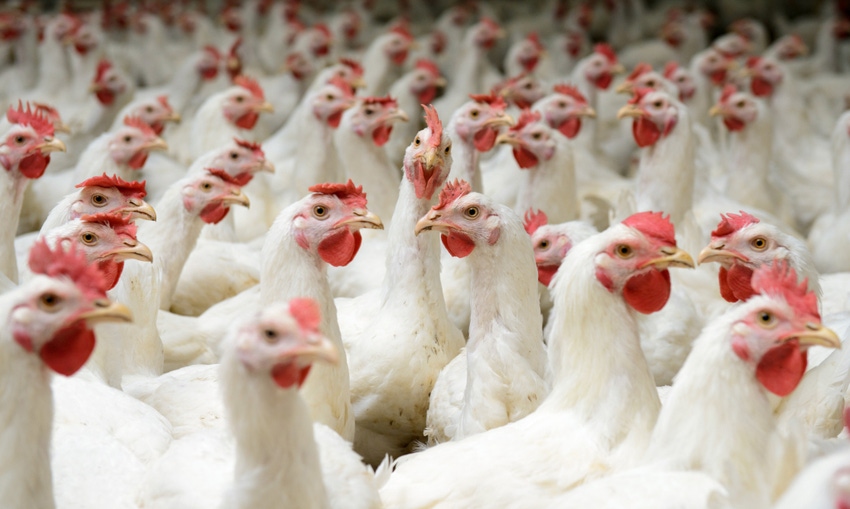Survey finds consumer knowledge of environmental impact of chicken production is low.
October 2, 2019

With the help of technology, modern breeding, nutrient management, feed conversion and improved animal husbandry practices, chicken producers in the U.S. have significantly reduced the use of water, farmland, electricity and other valuable natural resources as well as curbed greenhouse gas emissions.
In fact, compared with 1965, producing the same amount of chicken today has 50% less impact on the environment.
Many factors have contributed to the reduced environmental impact of chicken, including:
Poultry production now requires 75% fewer resources;
Greenhouse gas emissions have been reduced 36%;
The amount of farmland used in poultry production has decreased 72%, and
Water used in poultry production has decreased 58%.
However, according to recent National Chicken Council (NCC) survey results, consumers' knowledge of the environmental impact of chicken production is low. Only half of survey participants (51%) are moderately knowledgeable about chicken’s impact on the environment and the strides the industry has made.
To help bridge the gap, answer questions and address misperceptions, NCC is unveiling several new resources related to environmental sustainability, including videos, infographics, farmer testimonials, frequently asked questions, social squares, blog posts and more.
“As sustainability in agriculture continues to be a hot topic among U.S. shoppers, we, as an industry, need to do a better job of telling our sustainability story, because it’s a great one,” NCC president Mike Brown said. “These resources related to broiler chicken production and its impact on the environment are key tools in helping the industry better communicate with consumers, customers and the media.
“The chicken industry is committed to environmentally sustainable production practices and continuous improvement to ensure a healthier planet,” Brown added. “I encourage consumers to eat responsibly: Choose chicken.”
The same NCC survey showed that when it comes to factors that drive purchasing decisions today, the environmental impact of chicken (34%) is statistically as important as animal welfare (37%). Half (49%) of survey participants indicated a willingness to eat more chicken if they learned that it is more sustainable than other protein sources.
In the U.S., the consumption of chicken has grown more than 300% since 1960, while the industry has cut its environmental footprint in half. At 94 lb. per person, chicken consumption in 2019 will be a record and the most consumed of any animal protein.
You May Also Like

.png?width=300&auto=webp&quality=80&disable=upscale)

